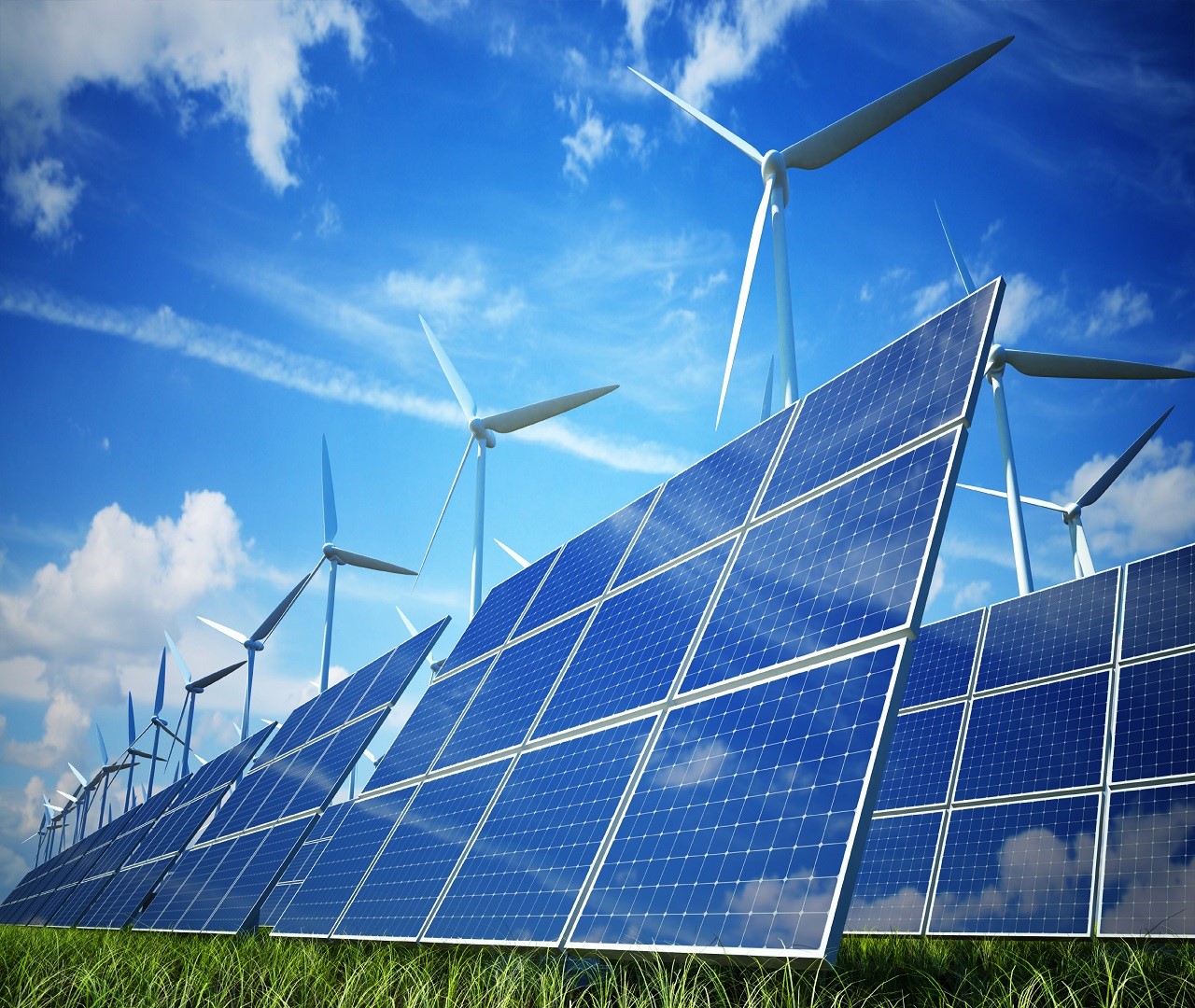Premature battery failure is common on renewable energy systems. So much so that manufacturers are reducing the warranty when the batteries are to be used on renewable energy systems. Suppliers cite high temperature, excessive cycling and other factors as the cause of the problem. Sometimes these conditions will affect battery life but the main cause of premature failure is because the Power Systems. Practical automatic solutions for saving fuel and reducing pollution.
The complete answer to generating power off grid relying on renewable energy.
Hyper design and manufacture a range of power systems for Emergency and Prime Power applications. Hyper specialize in off-grid power systems for applications ranging from communication hubs, business properties, remote scientific stations, farms and domestic. Hyper specialize in integrating renewable energy into the systems where possible. Increasing efficiency and reducing fuel consumption.
A hybrid renewable energy system utilizes two or more energy production methods, usually solar and wind power.
The major advantage of solar / wind hybrid system is that when solar and wind power productions are used together, the reliability of the system is enhanced. Additionally, the size of battery storage can be reduced slightly as there is less reliance on one method of power production. Often, when there is no sun, there is plenty of wind.
In comparison to solar modules, wind turbines can offer a more favorable price per watt ratio. Solar Online Australia's hybrid systems utilize the industry's leading high quality components to ensure reliable performance and long life.
Our packaged systems are ideally suited to remote homes, schools and other off-grid applications. They can also be retrofitted to existing diesel-generator systems to save on high fuel costs and minimize noise.
We have standard hybrid systems available to meet your power needs. We can also tailor a system to suit should you have a smaller or larger power requirement.



